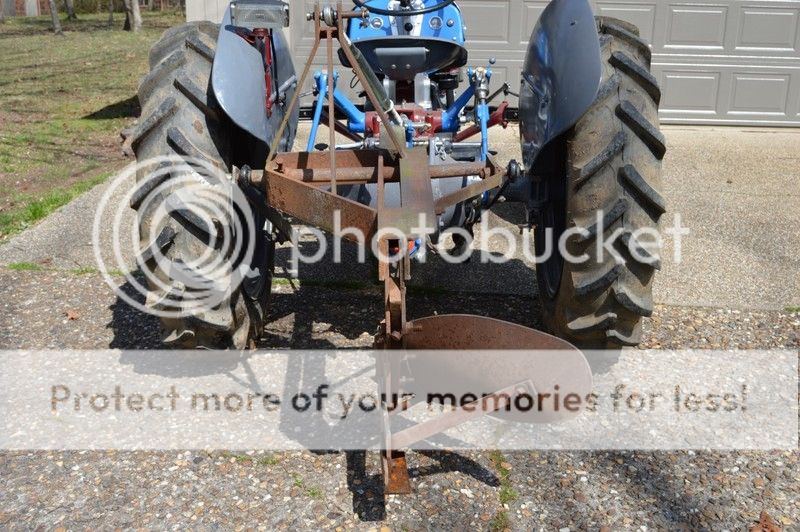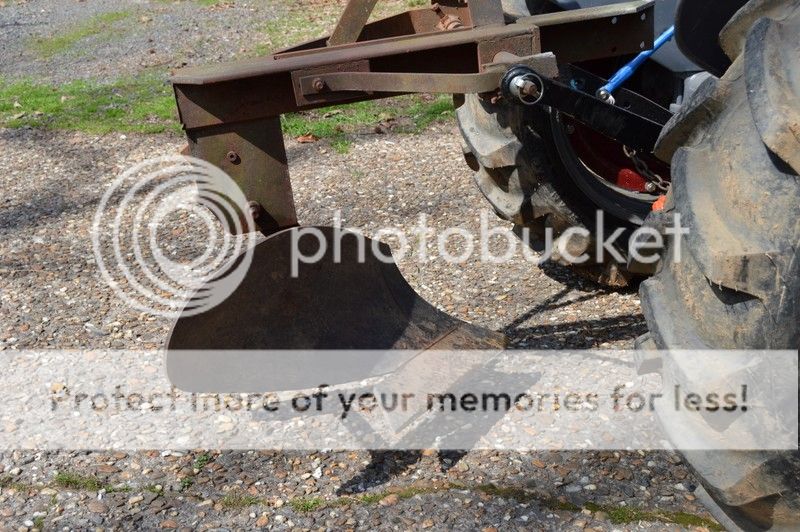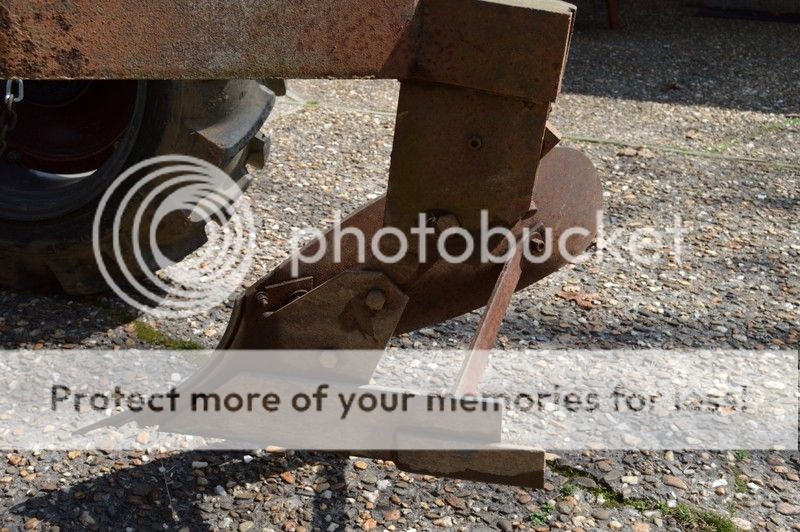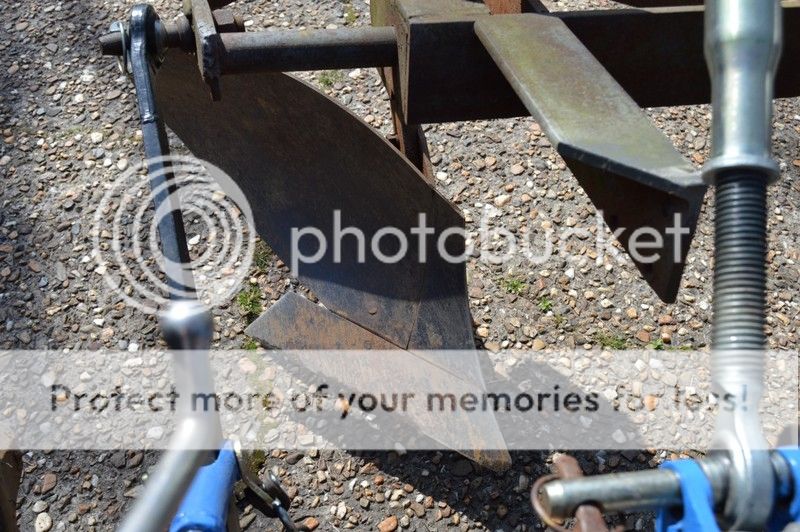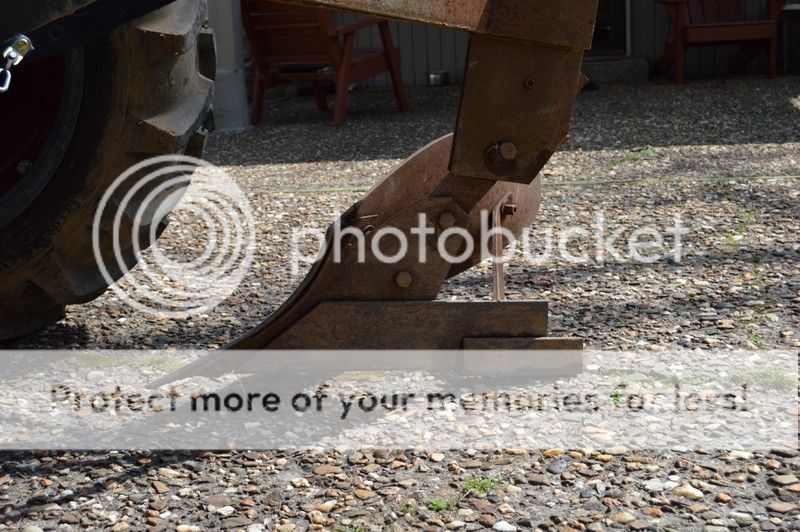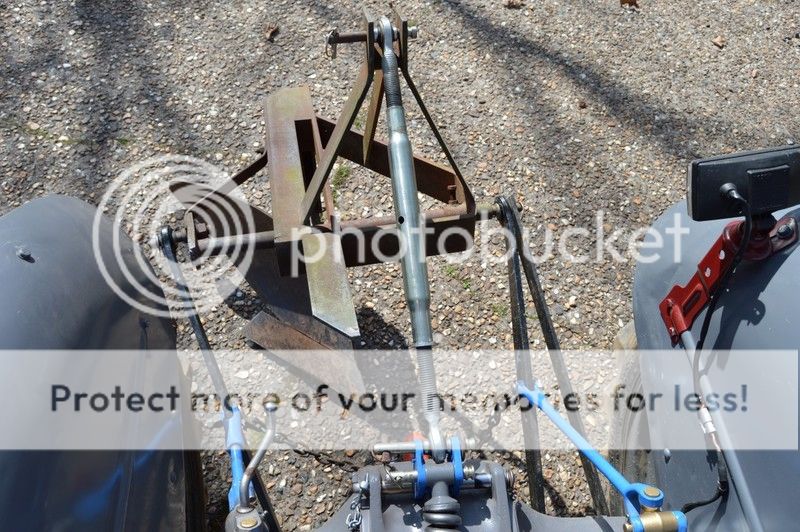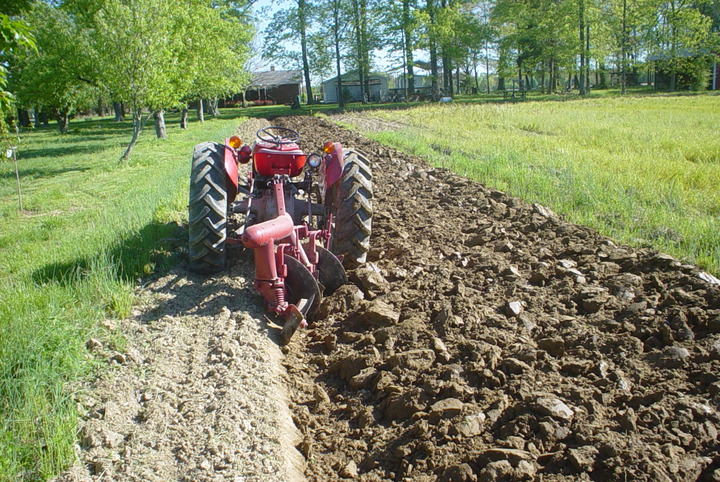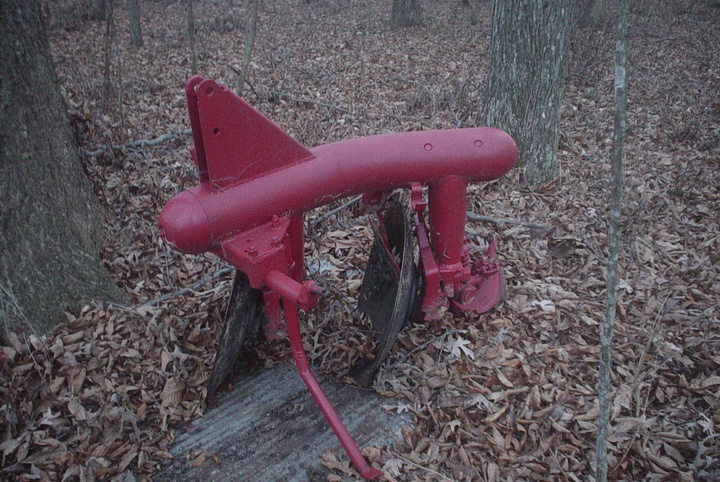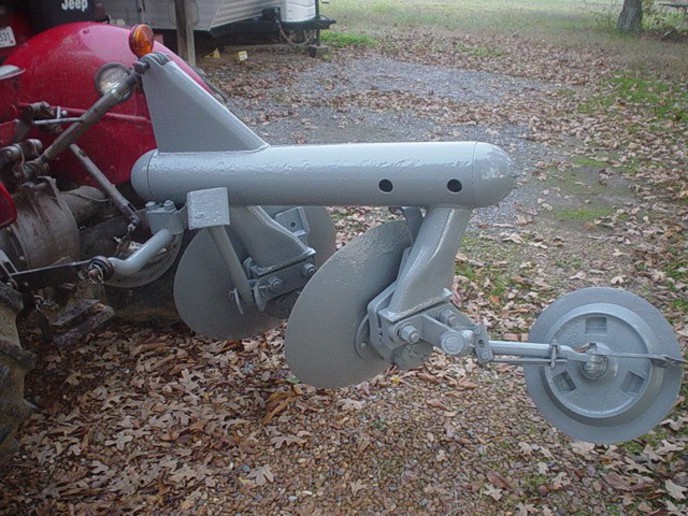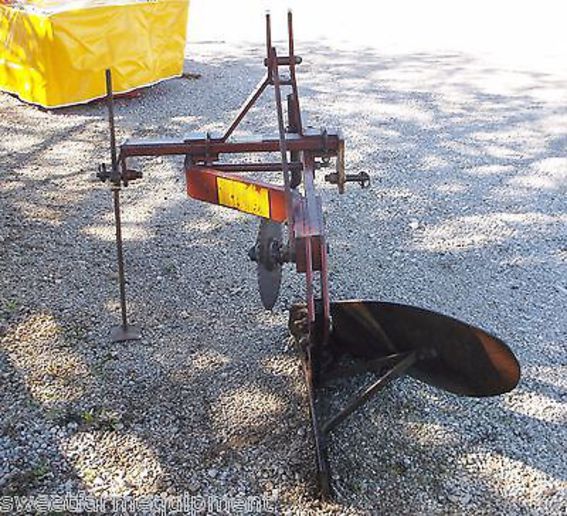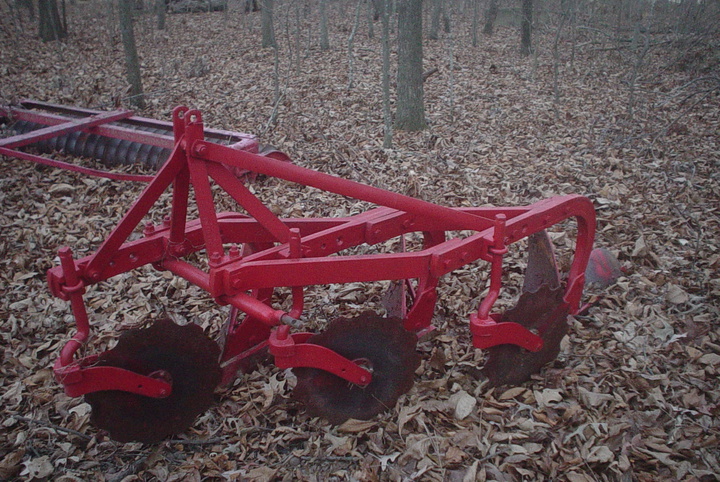Figuratively and literally. * happy I hooked the breaking plow up to the ol' Ferguson and cut some furrows by the garden. I think I have the wheel spacing wrong, but overall I thought I did pretty good for someone who's never plowed a row before.
happy I hooked the breaking plow up to the ol' Ferguson and cut some furrows by the garden. I think I have the wheel spacing wrong, but overall I thought I did pretty good for someone who's never plowed a row before.
I did learn some things: 1. A 20 hp tractor isn't as strong as a 3" oak root. 2. When you live at the base of a mountain you have a lot of rocks in the soil. 3. If you hit a large enough rock, at a fast enough speed, your knee will smack against the tractor really hard. * ( crying 4. It's a whole lot easier to turn over soil with machinery than a shovel. *#-o d'oh!
( crying 4. It's a whole lot easier to turn over soil with machinery than a shovel. *#-o d'oh!
BillL
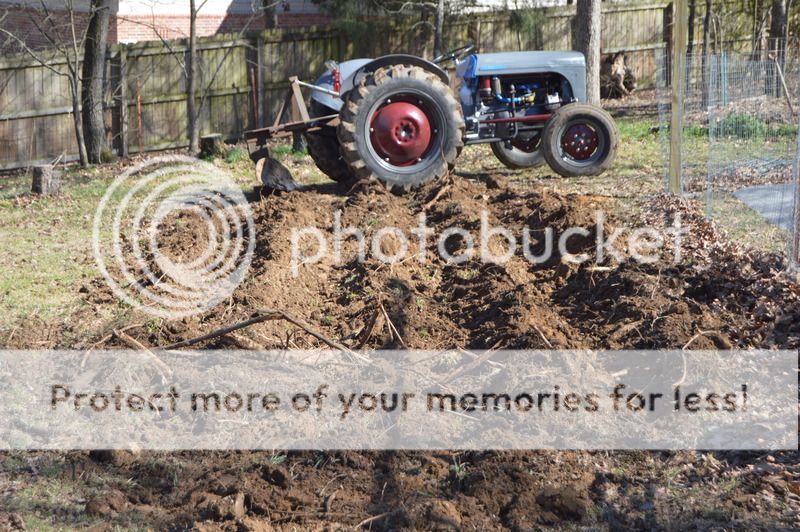
I did learn some things: 1. A 20 hp tractor isn't as strong as a 3" oak root. 2. When you live at the base of a mountain you have a lot of rocks in the soil. 3. If you hit a large enough rock, at a fast enough speed, your knee will smack against the tractor really hard. *
BillL



